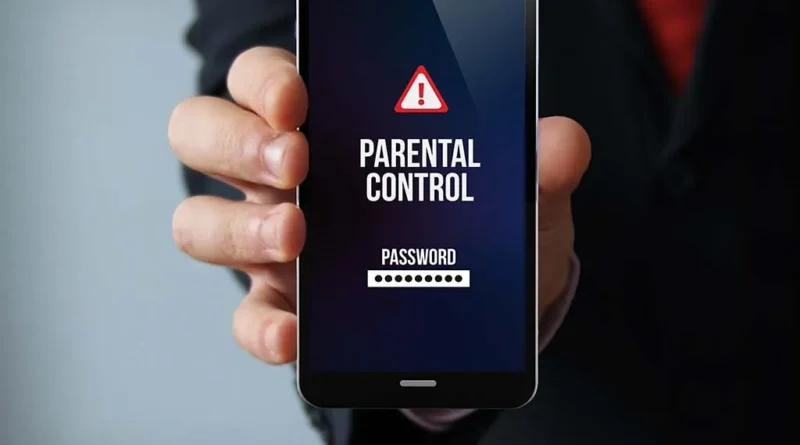Protecting Your Child’s Digital Wellbeing with a Parental Control App
Introduction
In today’s digital age, children are growing up in a world where smartphones, tablets, and computers are an integral part of their lives. While technology can offer many educational and entertainment opportunities, it also presents various risks, such as exposure to inappropriate content, online bullying, and addiction. Age-appropriate content As a parent, it’s crucial to strike a balance between allowing your child to explore the digital world and ensuring their safety. One effective tool for achieving this balance is a parental control app. In this article, we will explore the importance of parental control apps and how they can help protect your child’s digital wellbeing.
The Digital Landscape for Children
The digital landscape has changed dramatically in recent years. With remote learning, social media platforms, online gaming, and easy access to the internet, children are spending more time online than ever before. While these digital experiences offer numerous advantages, they also expose children to various risks, including:
- Inappropriate Content: The internet is full of content that is not suitable for children. Inadvertent exposure to explicit, violent, or disturbing material can have a significant impact on a child’s psychological development.
- Cyberbullying: The online world is not always a friendly place. Children may encounter cyberbullying, which can be emotionally and mentally distressing.
- Addiction: Excessive screen time and online gaming can lead to addiction and negatively impact a child’s physical and mental health.
- Privacy and Data Security: Children may unknowingly share personal information online, putting their privacy and safety at risk.
- Time Management: Poor time management can lead to neglect of other essential activities, such as homework, physical exercise, and face-to-face social interactions.
The Role of Parental Control Apps
Parental control apps are designed to empower parents in managing their child’s digital experience while respecting their need for privacy and independence. Here’s how these apps can help protect your child’s digital wellbeing:
- Content Filtering: Parental control apps allow you to set filters that block inappropriate websites, apps, and content. This feature ensures that your child is not exposed to material that is not age-appropriate.
- Screen Time Management: These apps enable you to set daily or weekly screen time limits for specific apps or devices. This helps prevent excessive screen time, ensuring your child gets a healthy balance of offline and online activities.
- App Monitoring: You can track the apps your child installs and uses, providing insight into their digital activities. This can help you identify potential issues or addictions early on.
- Location Tracking: Some parental control apps include GPS tracking, allowing you to know your child’s whereabouts. This feature is especially useful for ensuring their safety and establishing trust.
- Social Media Monitoring: Parents can monitor their child’s social media interactions, identifying signs of cyberbullying or any troubling online behavior.
- Emergency Contact Information: Many apps allow you to store important emergency contact information, so it’s readily accessible in case of need.
- Digital Chores and Rewards: Some parental control apps incorporate a reward system, encouraging responsible screen time management by offering incentives for completing chores or tasks.
Choosing the Right Parental Control App
To protect your child’s digital wellbeing effectively, it’s essential to choose the right parental control app. Consider the following factors when making your decision:
- Compatibility: Ensure the app is compatible with your child’s devices and operating systems.
- User-Friendly Interface: The app should be easy to set up and use, both for you and your child.
- Customization: Look for apps that allow you to customize settings to fit your child’s age, maturity, and needs.
- Remote Management: The ability to manage the settings remotely is crucial, especially if your child is using multiple devices.
- Privacy and Data Security: Choose an app that respects your child’s privacy and data security, and be aware of how their data is handled.
- Regular Updates: Regular updates are important for keeping the app secure and up to date with the latest online threats.
Conclusion
In today’s digital world, protecting your child’s digital wellbeing is a top priority. Parental control apps are valuable tools that empower parents to strike a balance between allowing their children to explore the digital world and ensuring their safety. By using these apps wisely, parents can create a safe and nurturing digital environment, allowing their children to thrive and develop essential life skills while minimizing the risks associated with the online world. Remember that open communication with your child is also vital in achieving a healthy digital balance.
